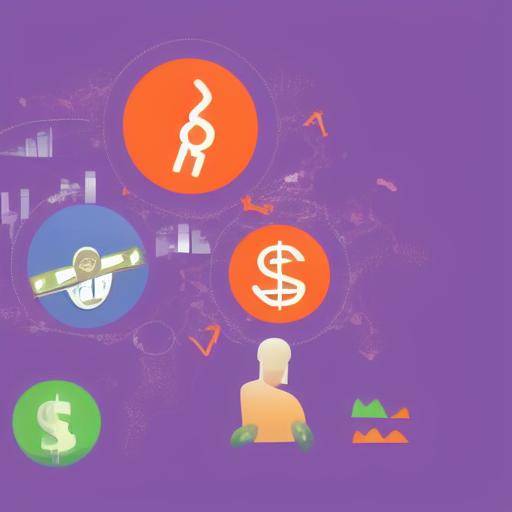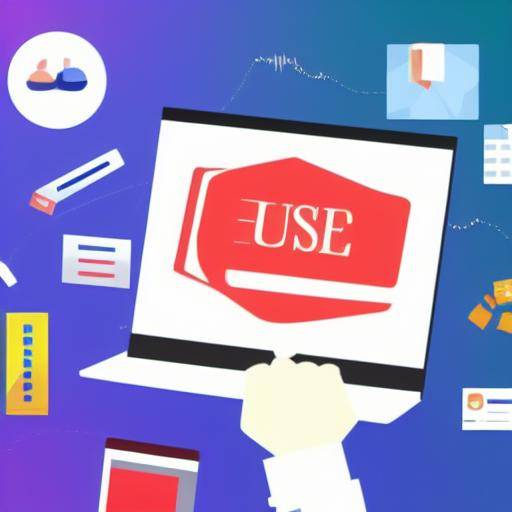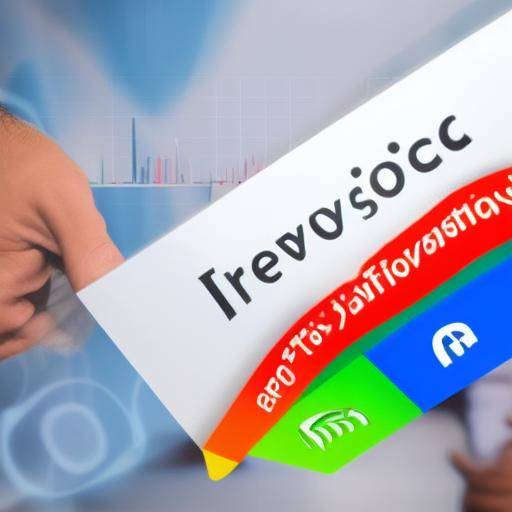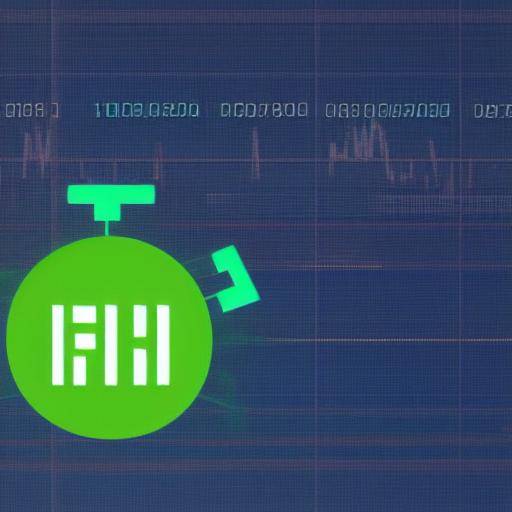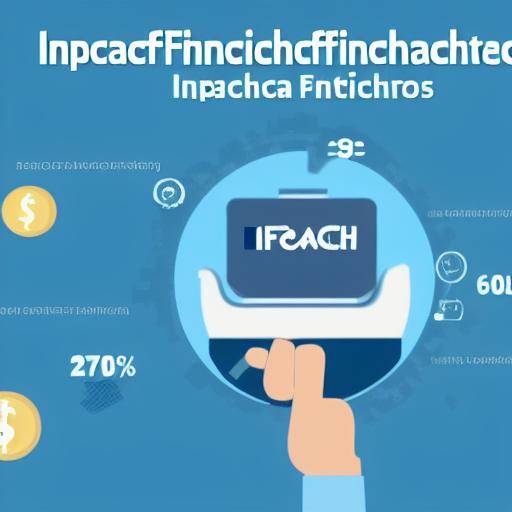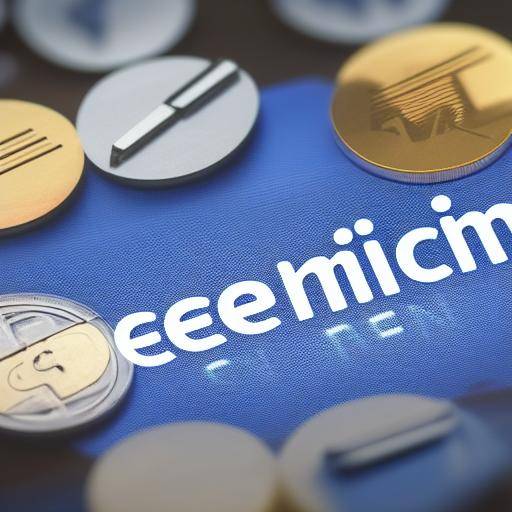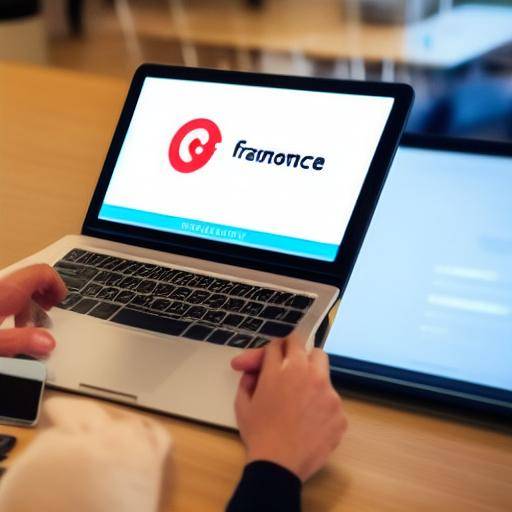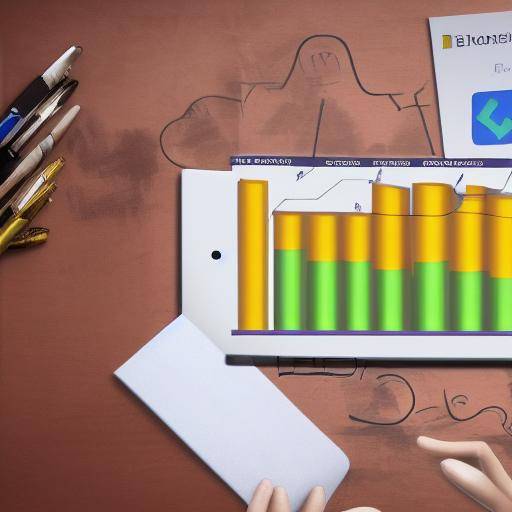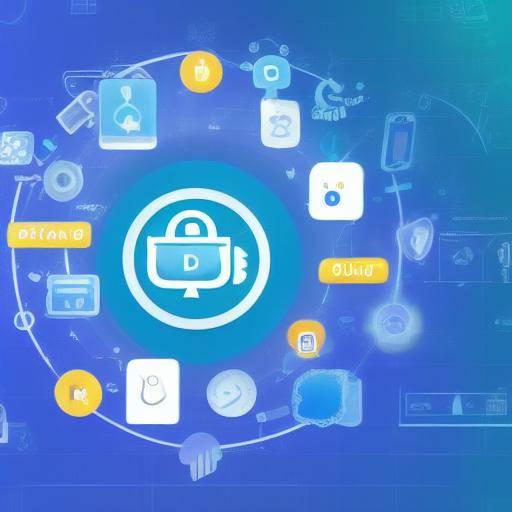
Technology has revolutionized the way we buy and relate to the market. Now, thanks to digital applications and tools, it is possible to purchase products and services more efficiently and with greater control. In this article, we will explore how to take advantage of the technology for intelligent shopping, optimizing the process and maximizing consumer satisfaction. From the history and evolution of technology applied to trade to future trends and predictions, we will offer you a comprehensive vision on the subject.
Introduction
The advance of technology in our lives has brought with it numerous advantages, and one of the areas where the most impact has been noticed is on the purchasing process. Today, you can browse a sea of options, compare prices, read reviews and shop with just a few clicks. Technology has optimised this process, providing consumers with greater control and efficiency in their purchasing decisions.
In this article, we will explore how to use digital applications and tools to intelligently purchase, making the most of the options available on the market and making informed and conscious decisions.
History and Evolution
To understand the importance and impact of technology in the purchasing process, it is crucial to know its history and evolution. Over the past few decades, we have witnessed significant advances that have completely transformed the way we make our acquisitions. From the popularization of the internet to the creation of e-commerce platforms, each step has helped to expand the possibilities for consumers and traders.
Internet Surgment as Commercial Tool
In the early 1990s, the internet broke into the world scene and began to change the way we were dealing with information and trade. The first commercial websites emerged, offering consumers the opportunity to explore products and services from the comfort of their homes.
The Rise of Electronic Commerce
Over time, e-commerce was consolidated as a dominant force in the world economy. Platforms like Amazon, eBay and Alibaba transformed the way people acquire goods, offering a huge variety of products and services that are just a click away.
The Age of Mobile Applications
The popularization of smartphones led to a new revolution in the purchasing process. Mobile applications offered consumers immediate accessibility to stores, coupons, reviews and much more, making mobile devices powerful purchasing tools.
Automation and Personalization
Recently, artificial intelligence and machine learning have allowed the automation of purchasing processes, as well as the customization of consumer experiences. From personalized recommendations to optimized payment systems, technology has led efficiency and control to a new level.
In Deep: Benefits, Challenges and Trends
By using digital applications and tools for intelligent shopping, it is essential to understand the benefits of these technologies, as well as the current challenges and trends that shape the e-commerce landscape.
Benefits of Technology in Shopping
The technology applied to the purchasing process provides various benefits for both consumers and traders. Among these benefits are:
- Access to a wide variety of options.
- Easy to compare prices and reviews.
- Comfort in shopping from anywhere.
- Security and protection in transactions.
These benefits contribute to a more comfortable shopping experience and more informed decision-making by consumers, which in turn promotes loyalty to brands and increases the efficiency of business processes for sellers.
Challenges and Challenges
Despite the obvious benefits, technology in the procurement process also presents mistrust and obstacles that it is important to address. Some of the most relevant challenges include:
- Security and Privacy: The protection of the personal and financial data of users is a constant concern in the digital environment. Technology must be able to guarantee the safety and privacy of consumers.
- Saturation of Information: With the abundance of options and reviews available online, consumers can feel overwhelmed by trying to make purchase decisions. It is crucial to find ways to simplify and improve the search experience.
- User experience: Digital applications and platforms should provide an intuitive and fluid user experience to ensure consumer satisfaction. The ease of navigation and efficiency in the purchasing processes are essential aspects to consider.
- Disequality of Technological Access: Despite widespread growth in the use of technology, there are still disparities in access to reliable devices and connections, which limits the ability of some people to fully benefit from online purchasing opportunities.
Current Trends and Futures
The digital trade landscape is constantly evolving, and understanding current and future trends is crucial to maximize the use of available tools and applications. Some prominent trends include:
- Artificial Intelligence in Customization: The use of artificial intelligence to offer highly customized shopping experiences, tailored to the specific interests and preferences of each user, is increasing.
- Enhanced and Virtual Reality: The implementation of increased and virtual reality technologies offers consumers the ability to "test" products in a virtual way before making a purchase, which improves the online shopping experience.
- Sustainability and Ethics: Consumers are increasingly interested in supporting brands committed to sustainability and social responsibility. Technology is being used to transparently communicate the ethical practices of companies.
Full Review: Applications, Case Studies and Best Practices
Now that we have explored the history, evolution, benefits, challenges and trends of the use of technology in shopping, it is time to get into concrete applications, success stories and best practices that can help consumers to make smarter purchases.
Highlighted applications and tools
There are numerous digital applications and tools that can be of great use when making smart shopping. Some of the most outstanding include:
- Price comparisons: Applications that allow to compare the prices of the same product in different online shops, helping to find the best offer.
- Cupon Managers: Tools that centralize coupons and discounts for use in online shopping, optimizing savings.
- Cashback Platforms: Applications that offer cash refunds for purchases made through them, generating an additional benefit for the user.
- Virtual Shopping Assistants: Technologies that use artificial intelligence to provide customized recommendations and product suggestions based on the user's shopping history.
Success Cases and Best Practices
Exploring success stories and best practices can provide a clear view of how technology is being used to improve the purchasing experience and maximize investment return for consumers. Some examples include:
- Amazon: The implementation of artificial intelligence-based recommendation algorithms that drive cross sales and improve customer satisfaction.
- Airbnb: The use of augmented reality technology to offer virtual tour of properties, giving users an immersive experience before booking an accommodation.
- eBay: Integration of advanced security systems to protect buyers from unauthorized fraud and transactions.
Comparative Analysis: Technology, Efficiency and Control
It is important to compare and contrast how technology can contribute to efficiency and control in the purchasing process. Then we will explore the similarities, differences and synergies between these key concepts.
Technology and Efficiency in Shopping
Technology can boost efficiency in the purchasing process in several ways. Some highlights include:
- Time-saving: The ability to search and compare online products significantly reduces the time needed for shopping, compared to visits to physical establishments.
- Process Automation: Automation of tasks such as payment and tracking of orders streamlines the purchasing process, releasing time and resources for other activities.
- Resource optimization: Wish list management tools, purchase reminders and bid notifications ensure that consumers do not lose opportunities and maximize efficiency in their purchasing decisions.
Purchase Process Technology and Control
The use of technology also allows consumers to exercise greater control over their purchasing decisions. These are some relevant aspects to consider:
- Access to Information Details: Digital platforms offer a lot of information about products, reviews, technical specifications, etc., which allows consumers to make informed decisions.
- Customization and Preferences: Custom recommendation tools and configuration options allow consumers to define their preferences and receive relevant offers, enhancing their control over the shopping experience.
- Monitoring and Transparency: The possibility of tracking orders, reviewing the shopping history and accessing detailed information about the shipping process gives consumers a sense of transparency and control over their acquisitions.
Synergies between Technology, Efficiency and Control
It is clear that technology not only contributes to efficiency in the purchasing process, but also empowers consumers by giving them greater control over their decisions. The integration of these concepts creates deep synergies that significantly improve the purchasing experience and effectiveness in decision-making.
Practical Tips and Appropriate Actions
After understanding how technology can influence efficiency and control in the purchasing process, it is crucial to offer practical advice and concrete actions that consumers can implement to make smarter purchases using digital applications and tools.
Tips for Smarter Shopping
- Investigate and Compare: Use apps and websites to research and compare prices and reviews before making a purchase. Take advantage of the tools of price comparisons and reviews to make informed decisions.
- Take advantage of Cupons and Discounts: Explore coupon applications and reward programs to get additional discounts on your purchases. Become a smart offering hunter.
- Use Wish Lists and Offering Notifications: Keep a wish list with the products you would like to purchase and configure bid notifications to be aware of purchase opportunities.
- Maximize Cashback Value: If you are using cashback platforms, make sure you know the current offers and maximize the collection of refunds on your regular purchases.
Actions for Effective Procurement Technology Management
- Keep the Security of your Accounts: Use secure passwords and activate two-factor authentication in your online shopping accounts to ensure the safety of your financial data.
- Manage Notifications and Preferences: Customize notifications and preferences of your shopping applications to receive relevant information and savings opportunities according to your interests.
- Explore New Functions: Keep up with the new features and updates of your apps and shopping tools to take advantage of the latest innovations.
Industry Perspectives and Expert Reviews
It is essential to explore the perspectives of the industry, presenting them in a format of frequent questions that address the most relevant aspects related to technology, efficiency and control in the purchasing process.
Frequently Asked Questions about Shopping Technology
1. How can technology improve efficiency in my purchasing decisions?
The technology provides immediate access to a wide range of product options, reviews and price comparisons, which streamlines the decision-making process and optimizes efficiency in your purchases.
2. What measures can I take to ensure the safety of my online transactions?
Use secure purchasing platforms, verify the authenticity of websites and keep your security systems updated, such as antivirus and data protection programs.
3. How can I better control my expenses using digital applications and tools?
Cost and budget tracking applications can give you greater control over your finances by providing detailed information about your consumption patterns and helping you set limits according to your goals.
4. What are the future technological trends that could influence my shopping experience?
Artificial intelligence, increased reality, extreme customization and innovative mobile applications are some trends that could transform the way we make purchases in the future.
5. How can I identify the most reliable apps and tools for online shopping?
Investigate the profiles and qualifications of the applications, verify the authenticity of the websites and pay attention to the security and privacy policies offered by the platforms you use.
6. What is the importance of transparency and control in online shopping experience?
Transparency and control provide confidence to the consumer, allowing them to make informed decisions and feel safe when making online transactions, which fosters a trust relationship with digital commerce.
Conclusion and Key Points
In short, the use of digital applications and tools for intelligent shopping is a growing trend that provides many benefits to consumers. From efficiency in decision-making to empowering control over purchasing experiences, technology has revolutionized the business process.
Making the most of these tools requires knowledge, attention and ultimately a conscious and proactive attitude on the part of consumers. By demonstrating strong understanding and diligent practice in using technology for their benefit, consumers can optimize their shopping experience and feel more secure and satisfied with their procurement decisions in the digital environment.
Ultimately, the intelligent use of digital apps and tools for shopping is a valuable skill in the modern world, and those who master it have the opportunity to maximize the opportunities offered by e-commerce and maximize efficiency and control in their purchasing actions.
With this information, you'll be better equipped to use technology intelligently in your purchase decisions, maximise efficiency in your procurement process and feel more empowered and secure when trading in the digital environment.
We hope that this article has been useful and has provided you with a comprehensive insight on how to harness the technology for intelligent shopping. Thanks for your reading!

